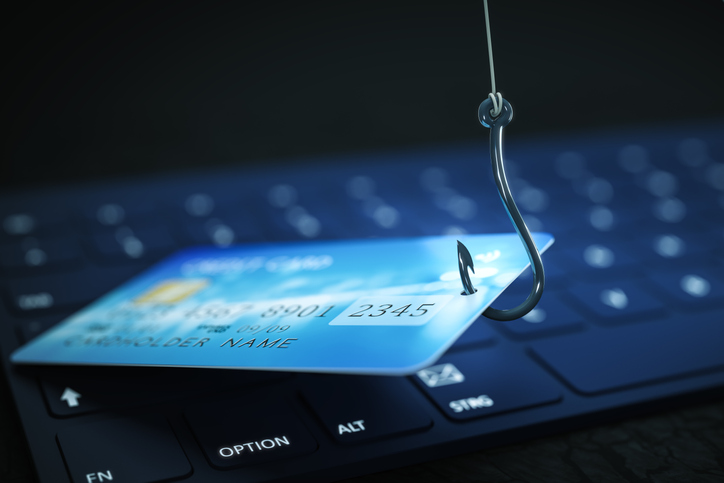
In the world of cyber scams, bank customers are increasingly becoming main targets for those who coordinate phishing attacks. If someone has a bank account or savings account, this means they have access to it online via phone, tablet, mobile app, or computer. That being said, scammers are able to access their account(s) through a customer’s login information. And while most people understand the importance of keeping their information safe, if it falls into the wrong hands, their sensitive information could be compromised.
Banks should be aware of the types of unique phishing scams they face on a minute-by-minute basis and keep their customers informed on the effects of these scams. Since phishing is the leading cause for data breaches, accounting for nearly 90 percent of all breaches, it’s vital to be aware of what banks and customers are up against.
Protecting Your Bank with Cyber Liability Insurance
Banks have the responsibility to protect their customers’ information. Whether it’s email addresses or bank account login data, banks need to be sure to keep the information they hold as safe as possible. By obtaining cyber liability insurance, banks can protect their business from customer claims related to phishing scams. Having cyber liability insurance can provide the resources needed to keep from more potential loss due to a claim.
Banks, such as Chase and Wells Fargo, have gone through major phishing scams in recent years, costing millions of dollars in loss as well as more financial damages due to customer-related claims. Banks should be sure to convey the importance of being aware of phishing scams to their customers while also being proactive in protecting their business and reputation through cyber liability insurance.
Spoof Bank Emails
A common way that a phishing scam artist starts a bank phishing attack is by sending out thousands of spoof emails. These are emails that are carefully written to resemble the types of correspondence that are sent out by actual banks. Phishers with experience with spoof emails can replicate everything from logos to signatures to layouts, tricking those on the receiving end to provide information.
One way to keep from falling victim to spoof bank emails is by looking at them a little more closely. Customers should never assume that such messages come from legitimate bank sources. Customers should be vigilant if the email requests information such as date of birth or credit card number. No real bank would include a form within an email to send to customers in order to retrieve information.
Fake Bank Websites
Spoof emails from phishing scammers posing as banks usually include links to spoof bank websites. Like spoof emails, fake or spoof bank websites look practically identical to legitimate bank sites. One major sign that customers can look out for is a popup window that demands various types of information. Real banks never use these popup windows and never ask for information that way. If this kind of email is sent with a bank website, customers should type in the bank’s website URL manually or call the bank directly to report this and check on their account(s).
About Financial Guaranty Insurance Brokers
Since 1983, Financial Guaranty Insurance Brokers has distinguished itself as a provider of Professional Liability, Cyber Liability, and Crime insurance products for entities of all types. To receive timely, personalized service from a knowledgeable and experienced staff, call us today at (877) 485-4413 to speak with one of our professionals.


